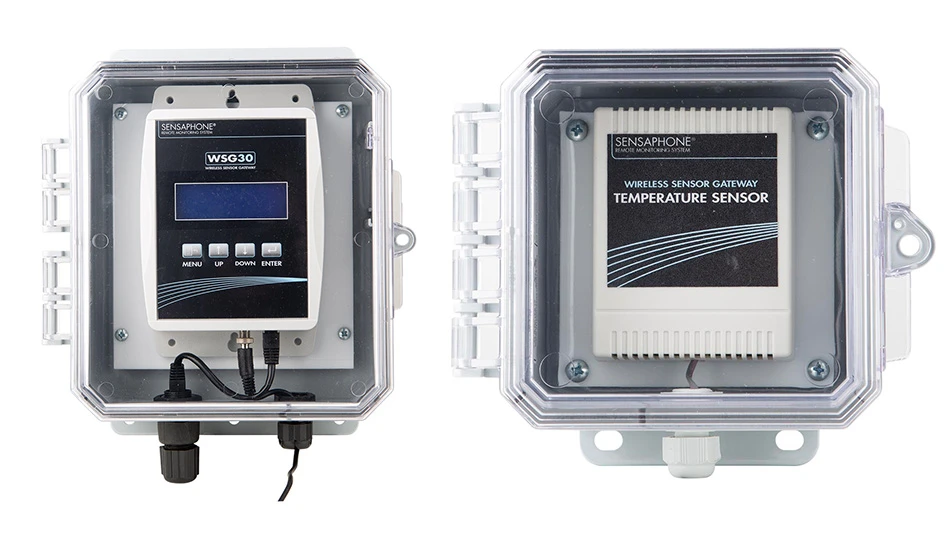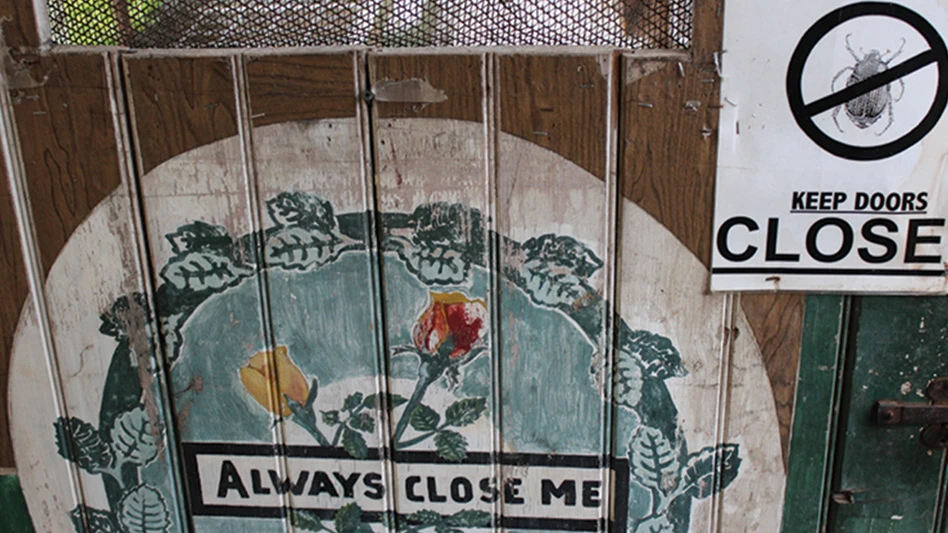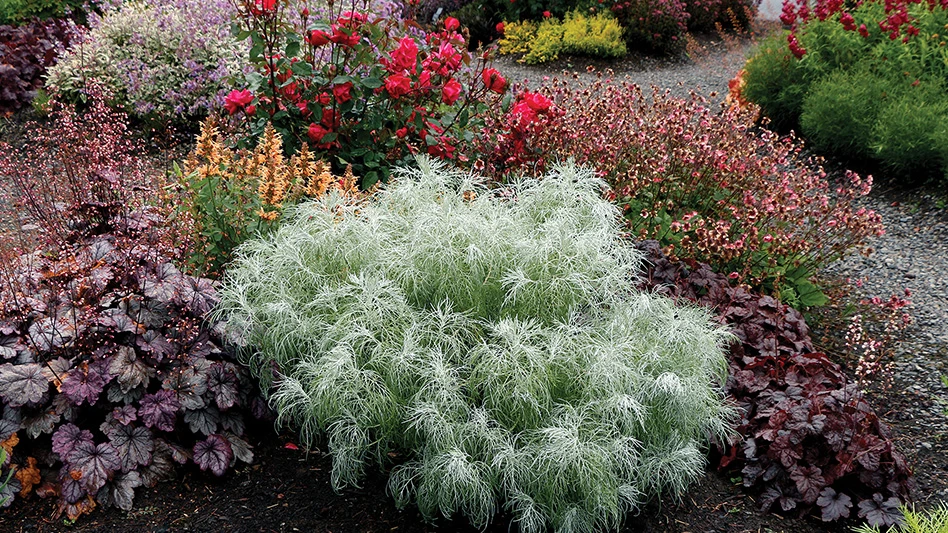Greenhouse producers typically deal with a multitude of insect pests during the course of growing horticultural crops. Two insect pests that may be a problem throughout the season are fungus gnats and shore flies. Both insect pests are primarily a problem under moist conditions such as during propagation. Shore flies are less likely to cause direct plant damage than fungus gnats. However, shore flies are a concern because they are more noticeable flying around plants and are more easily spotted by growers, especially when adults are captured on yellow sticky cards or tape. Greenhouse producers need to avoid shipping plants with shore fly adults flying around as this may reduce crop marketability. Although shore flies are generally considered a nuisance insect pest, research has shown that shore flies can vector certain soilborne diseases. This article discusses shore flies in regard to identification, biology, damage and management.

Identification, biology and damage
Shore fly (Scatella spp.) adults resemble houseflies and are 3.1 mm (1/8 inch) long, with black bodies. Each forewing has at least five light-colored spots. Antennae and legs are short, and the head is small. Larvae are opaque, yellow-to-brown in color, with no black head capsule (which distinguishes them from fungus gnat larvae), and 6.3 mm (1/4 inch) in length. Shore fly adults are stronger fliers than fungus gnat adults. The life cycle, which consists of an egg, three larval stages, pupa and adult, can be completed in 15 to 20 days although development is contingent on the growing medium temperature.
Similar to fungus gnats, shore flies are mainly a problem under the moist conditions that occur during propagation and plug production. Abundant numbers of shore flies can be easily transported from one greenhouse to another through infested plant material. Inadvertently shipping plants with shore fly adults may result in the rejection of plant material shipments. Although shore fly adults are generally considered a nuisance pest, adults may leave black fecal deposits on the topside of plant leaves that can impact a plant’s aesthetic quality. Shore fly larvae feed primarily on algae and decaying organic matter located on the growing medium surface. Larvae can also be found within the growing medium although they do not feed directly on plant roots. However, shore fly larvae and adults may transmit soilborne plant pathogens such as Thielaviopsis basicola and Pythium aphanidermatum.
Sanitation
Implementing proper sanitation procedures such as removing weeds, old plant material and growing medium debris can substantially alleviate problems with shore flies. Weeds growing underneath benches, especially in areas with soil or gravel, create a moist environment that is conducive to development of shore fly populations. The elimination of algae is the most important procedure in avoiding problems with shore flies. First of all, avoid over-watering and/or over-fertilizing plants as these improper cultural practices can promote algal growth. Second, keep benches and floors free of algae by using disinfectants such as hydrogen dioxide (ZeroTol) or products containing quaternary ammonium chloride salts including Green-Shield, Triathlon, and KleenGrow.
Scouting
Scout or monitor greenhouse-grown horticultural crops regularly using yellow sticky cards to track the population dynamics of adult shore flies throughout the growing season. Always place yellow sticky cards just above the crop canopy. Be sure to concentrate scouting efforts in areas where moisture accumulates. The placement of yellow sticky tape among greenhouse-grown crops may be effective in mass-trapping adult shore flies.
Treatment

There are insecticides labeled for use against shore flies, but they must be used in conjunction with algae control. Do not rely on insecticides to deal with shore flies. The insecticides registered for suppression of shore fly populations are mostly insect growth regulators (IGRs), which target the larval stage in the growing medium. Examples include pyriproxyfen (Distance), diflubenzuron (Adept), cyromazine (Citation) and azadirachtin (many formulations including Azatin, Ornazin, AzaTrol, and AzaGuard). Insect growth regulators have no direct activity on adult shore flies. The bacterial insecticide Gnatrol, which contains Bacillus thuringiensis subsp. israelensis as the active ingredient, and is used against the larval stage of fungus gnats, has no activity on shore fly larvae. Aerosol formulations of certain insecticides may be used against shore fly adults; however, shore flies, because of their ability to fly, may be located throughout the greenhouse. Subsequently, the aerosol droplets must be thoroughly distributed within the entire greenhouse.
Biologicals
The use of biological control agents against shore flies including entomopathogenic nematodes (e.g. Steinernema spp.) has been inconsistent with variable efficacy. In addition, soil-dwelling predatory mites such as Stratiolaelaps scimitus and Hypoaspis aculeifer are not effective in suppressing shore fly larval populations. The main reason why biological control agents are not effective is that shore flies can survive under extremely moist conditions, even being completely submerged underwater, which is not conducive for many biological control agents.

Explore the December 2015 Issue
Check out more from this issue and find your next story to read.
Latest from Greenhouse Management
- Meet the All-America Selections AAS winners for 2025
- AmericanHort accepting applications for HortScholars program at Cultivate'25
- BioWorks hires Curt Granger as business development manager for specialty agriculture
- 2025 Farwest Show booth applications now open
- Bug budget boom
- Don’t overlook the label
- Hurricane Helene: Florida agricultural production losses top $40M, UF economists estimate
- No shelter!





